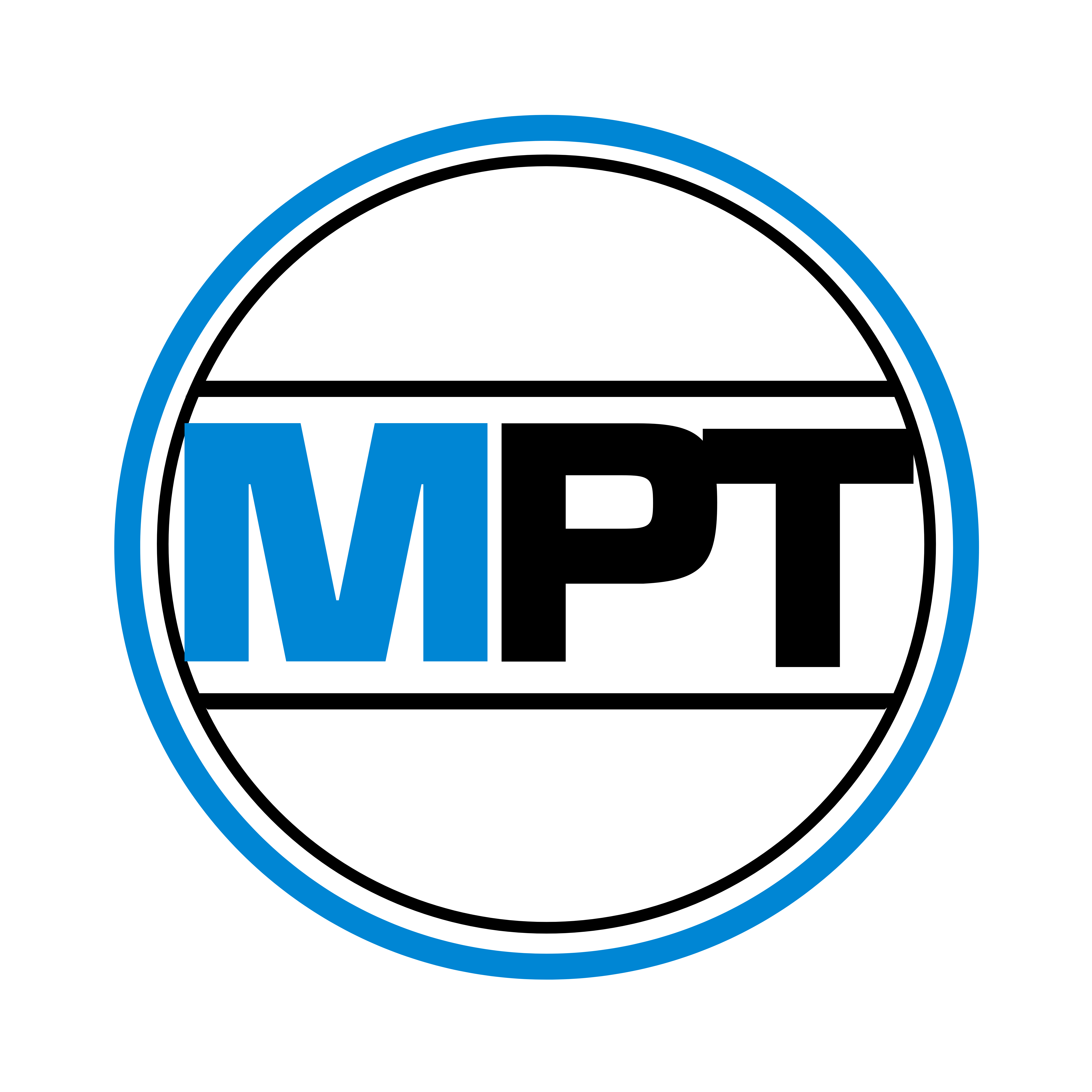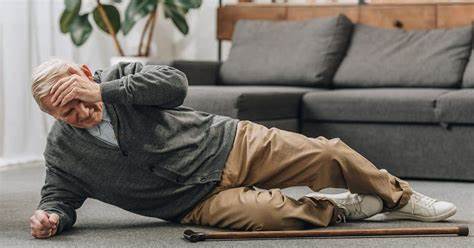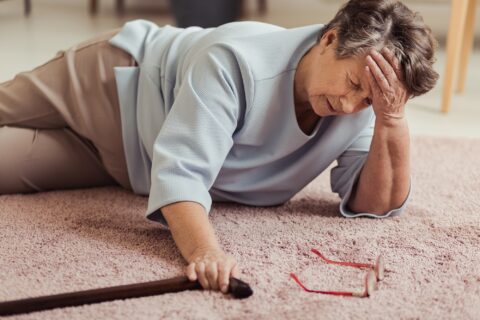Relief Through Movement: Physical Therapy for Chronic Pain
Chronic Pain can be a debilitating condition, limiting your mobility and impacting your daily life. The CDC estimates that around 50 million Americans experience chronic pain, and 17 million have substantial reductions in activity because of pain. Beyond limiting activity or your ability to work, chronic pain has been linked to depression, Alzheimer’s disease, and substance abuse.
Chronic pain is complex. There’s no single intervention to treat it, but physical therapy should be part of the mix. Here’s why:
How PT Approaches Pain:
Physical therapy often provides relief that’s just as effective as medication but without the potential side effects. Here’s a breakdown of how PT tackles pain and its effectiveness:
Identify the Root Cause: PT goes a step further than medication that masks pain. Therapists assess your posture, muscles strength, flexibility, and joint mechanics to pinpoint the source of your discomfort.
Address the Underlying Issues: Based on the evaluation, PT focuses on strengthening weak muscles that support your joints, improving flexibility for a better range of motion, and correcting any imbalances or postural problems that might contribute to pain.
Use A Multi-Faceted Approach: A PT treatment plan will be customized based on the evaluation. In addition to therapeutic exercise, a PT might use various techniques. Examples include:
- Manual Therapy: PTs use massage, joint mobilization, and trigger point therapy to address muscle tension, improve circulation, and alleviate pain.
- Modalities: Techniques like ultrasound, heat therapy, or electrical stimulation can reduce inflammation, promote healing, and manage pain.
- Aquatic Therapy: A warm, therapeutic pool supports your body and joints while offering gentle resistance. This can often make it easier to start moving again after being in pain for an extended time.
Educate and Empower Patients: PTs equip you with the knowledge and tools to manage your pain independently. This might include learning a new exercise routine, how to modify activities, or how to modify your daily schedule when you’re feeling better (or worse) than normal.
It’s also becoming increasingly likely that you’ll learn how pain works. Research shows that combining pain education with physical therapy is an effective treatment. If you’re struggling with chronic pain, call your physical therapist. They might have the key that will unlock a pain-free life.


